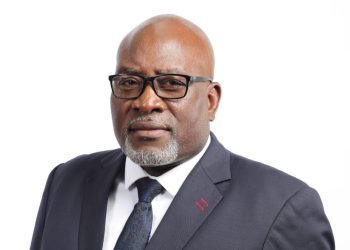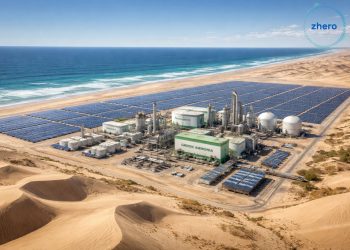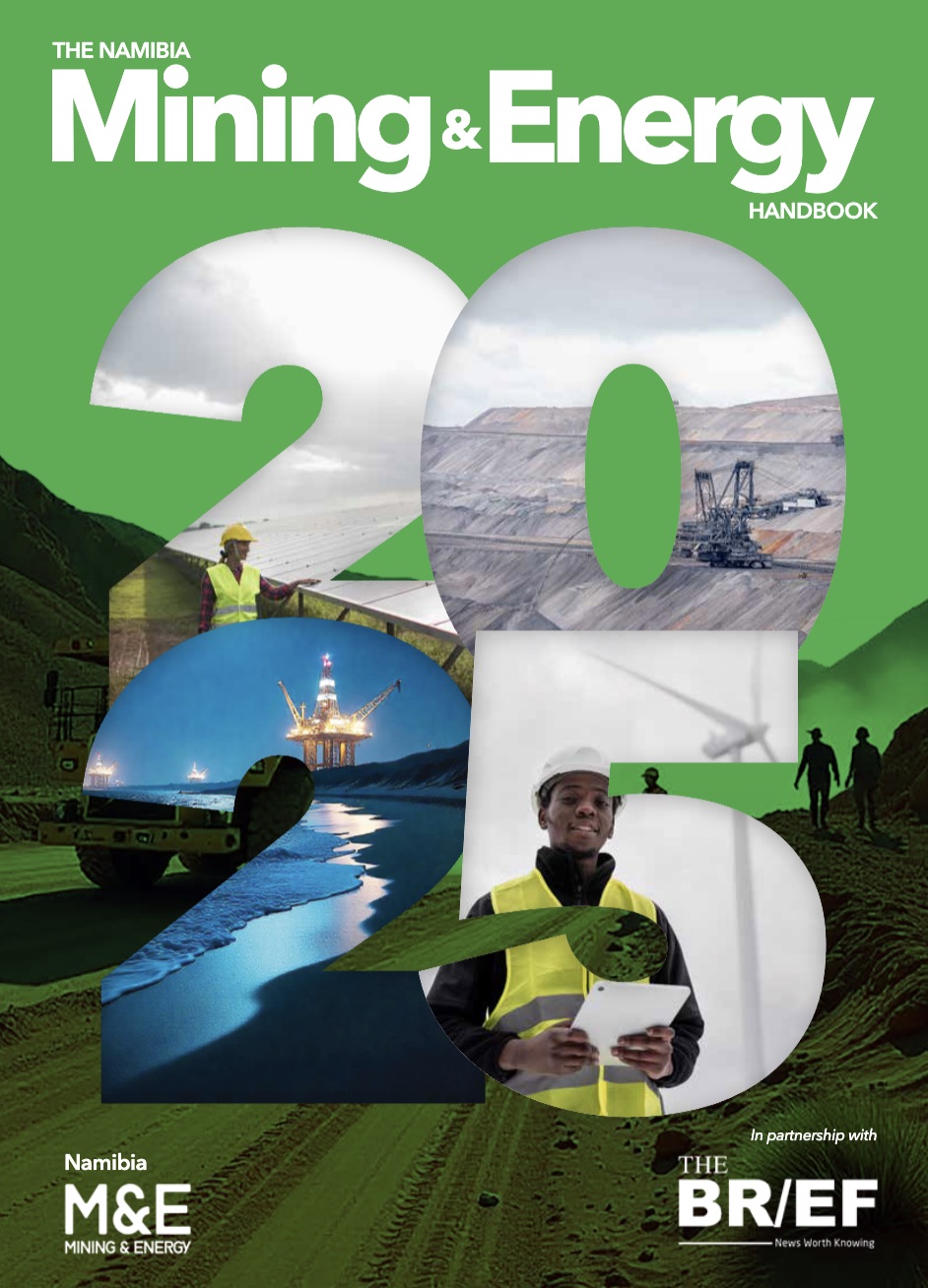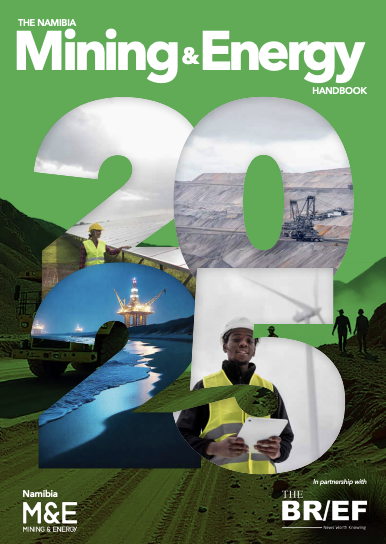
Kaoko Green Energy Solution says the Environmental Impact Assessment (EIA) for the deployment of WaveRoller technology in Namibia has received official approval from the Environmental Commissioner of the Ministry of Environment, Forestry and Tourism.
Kaoko is partnering AW-Energy Oy, the developers of the WaveRoller, a cutting-edge technology which captures energy from ocean waves to produce clean, renewable power and Impact Tank Namibia,
With the EIA approval, the project meets the highest environmental standards, ensuring that it can proceed while protecting Namibia’s marine ecosystems.
“As a company committed to sustainable energy solutions, this validation strengthens our belief that renewable ocean energy can coexist harmoniously with Namibia’s rich marine ecosystems. It sets the stage for more eco-friendly innovations in Africa’s renewable energy sector,” the company said.
Kaoko Green Energy Solution said the pilot deployment of WaveRoller is now set to begin, offering a blueprint for scaling ocean energy across the Southern African Development Community (SADC) region.
The initiative is poised to deliver predictable, consistent, and reliable renewable energy, contributing to Namibia’s clean energy transition.
“This approval marks the green light for implementation, providing investors with the assurance that the project can be sustainable,” the company said.
This comes as Kaoko Green Energy Solutions in May 2023 signed a Memorandum of Understanding (MoU) with the Finnish technology company, AW-Energy, to develop renewable energy from wave energy from the 1,300km long coastline of Namibia.
Kaoko Green Energy Solutions aims to develop a green hydrogen hub in the Kunene Region, as well as AW-Energy’s newest enhancement of their WaveRoller technology.
The cost projections for the /hao pilot project stand at N$20 million, covering the deployment of five WaveRoller-X devices.
The devices are expected to not only harness the power of ocean waves for electricity generation but also to deliver clean and affordable energy—approximately 200MWh per year—to communities along the coast of the Erongo Region.







